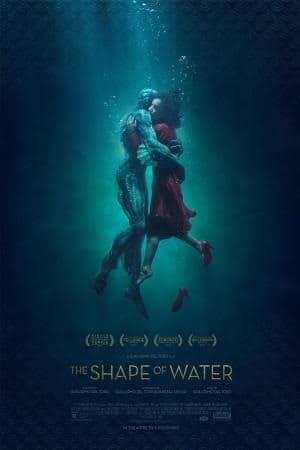Seen Netflix’s “All the Light We Cannot See” yet? If not, you’re in for a treat.
The limited series, based on Anthony Doerr’s Pulitzer Prize-winning novel by the same name, tells the story of Marie-Laure LeBlanc, a young, French girl who is blind and Werner Pfennig, a young German soldier forced to serve the Nazis. The story follows the two individuals and the unlikely but very fortunate intersection of their lives during the final days of World War II.
The series, which is beautiful to watch—and emotionally wrenching— portrays the best and the worst aspects of human nature as it depicts the terrible consequences of war. It also introduces viewers to the extraordinary talent of newcomer Aria Mia Loberti who plays Marie-Laure.
Loberti, who has never acted before her role in “All the Light We Cannot See,” is legally blind due to the genetic condition called achromatopsia. After a global search for a blind or low-vision actor, Loberti, a Ph.D. student at Penn State, was selected from among thousands of auditioning actors to play Marie-Laure.
Netflix announced the casting decision in a press release that quoted the miniseries’ director and executive director Shawn Levy: “We searched the world and reviewed thousands of auditions. We never thought our path would lead to someone who has not only never acted professionally, but never auditioned before. It was a jaw-drop moment when we first saw Aria Mia Loberti, who is both a natural performer and an advocate for disability equity and representation. I can’t wait to tell this beautiful story with her at the center.”
As Levy alludes to, Loberti, who shines alongside veteran actors Mark Ruffalo and Hugh Laurie, has many talents beyond acting. According to the University of Rhode Island’s Rhody Today, Loberti, a URI graduate was “the first legally blind youth delegate” to the United Nations.
“At the same time, Loberti dabbled academically in everything. She triple-majored in philosophy, political science and communication studies, while minoring in rhetoric and Ancient Greek, and won a Fulbright to earn a master’s degree in ancient rhetoric at Royal Halloway University of London.
“An honors student, Loberti, who attended URI on a Centennial Scholarship and other endowments, carried 19 credits a semester and took classes over J-term, finishing with about 150 credits, well over the usual 120 of most graduates. This was all done while working full-time to meet her tuition and rent.” As a younger student, Loberti was home-schooled because her parents chose to protect her from discriminatory practices at her local public schools.
Since the series premiered in November, Loberti has been receiving rave reviews, including from her costars.
According to Netflix, Ruffalo said that he was a little jealous of Loberti’s talent. “It took me 30 years to be able to do what she showed up and did in two weeks. Aria has been a revelation. It’s been interesting to see how easily she’s integrated into it.” [Hugh] Laurie echoed that sentiment, describing Loberti as “furiously bright.”
Loberti recently walked the red carpet at the Golden Globe Awards in Los Angeles accompanied by her guide dog, Miss Ingrid. She’s the first person in the history of the Golden Globes to do so.
Next on tap for Loberti? A stint as one of L’Occitane’s skincare brand ambassadors. In a press release, L’Occitane’s founder Olivier Baussan said, “The moment I met Aria Mia Loberti, it was clear that there was a serendipitous meeting of the minds. The synergy of philosophy and beauty is what brought us together.”













 “The A Word”
“The A Word” It’s unusual to find a character with a disability at the center of a children’s movie. Yet Disney Pixar’s “Finding Nemo” spinoff, “Finding Dory” is a breath of fresh air. Dory, a little blue fish with a cognitive disability, voiced by Ellen DeGeneres, endeared herself to audiences young and old when the film premiered last spring. Other characters in the film also have disabilities. “Destiny has impaired vision, while Bailey struggles with echolocation; Hank deals with anxiety, and Nemo has that “lucky” undersized fin,” writes Chris Heady in his review for
It’s unusual to find a character with a disability at the center of a children’s movie. Yet Disney Pixar’s “Finding Nemo” spinoff, “Finding Dory” is a breath of fresh air. Dory, a little blue fish with a cognitive disability, voiced by Ellen DeGeneres, endeared herself to audiences young and old when the film premiered last spring. Other characters in the film also have disabilities. “Destiny has impaired vision, while Bailey struggles with echolocation; Hank deals with anxiety, and Nemo has that “lucky” undersized fin,” writes Chris Heady in his review for  “Asperger’s Are Us”
“Asperger’s Are Us”